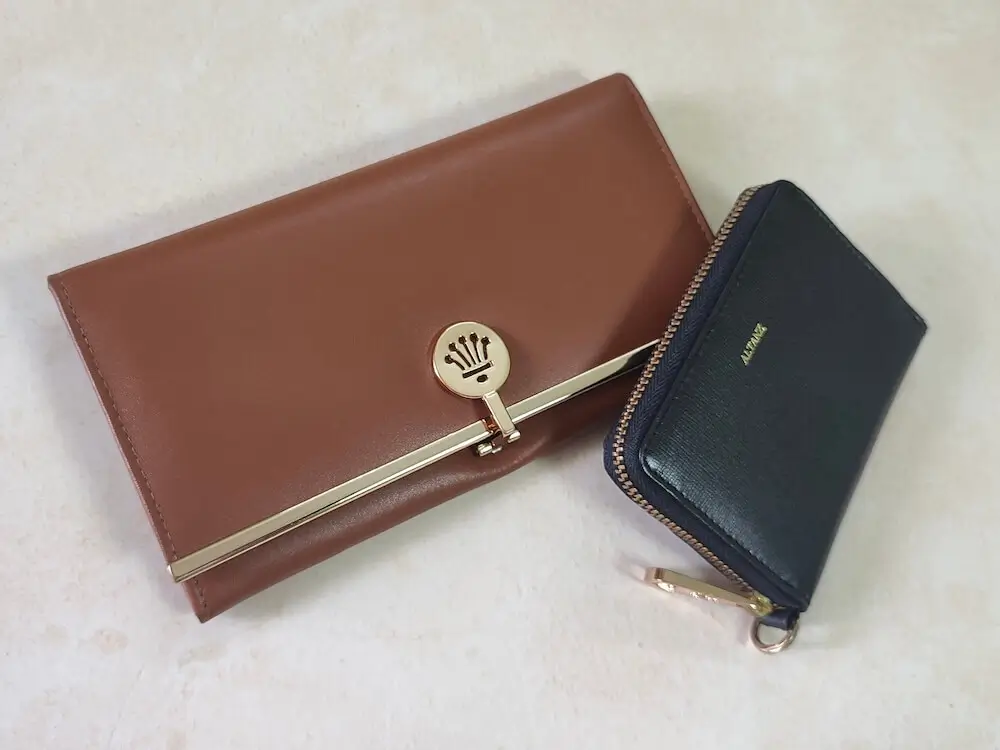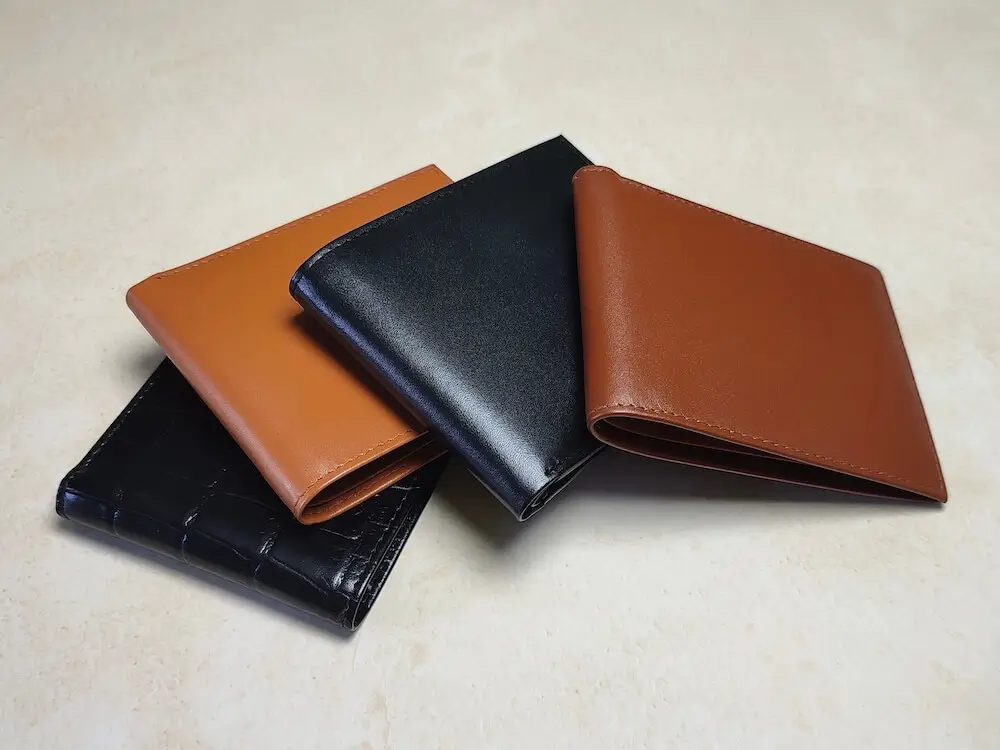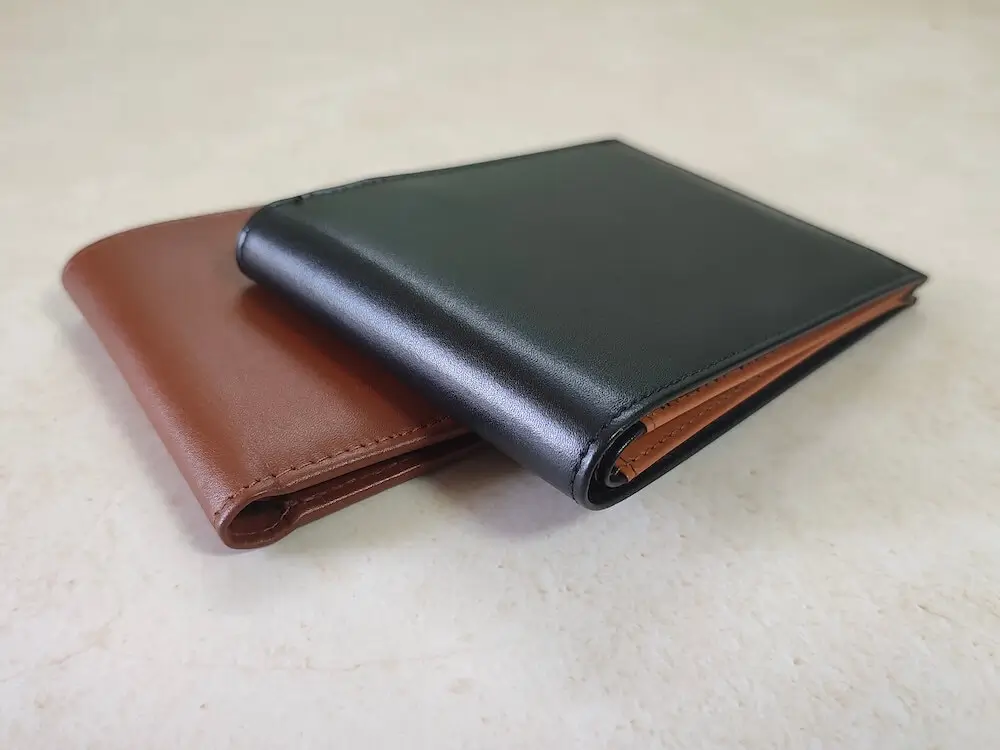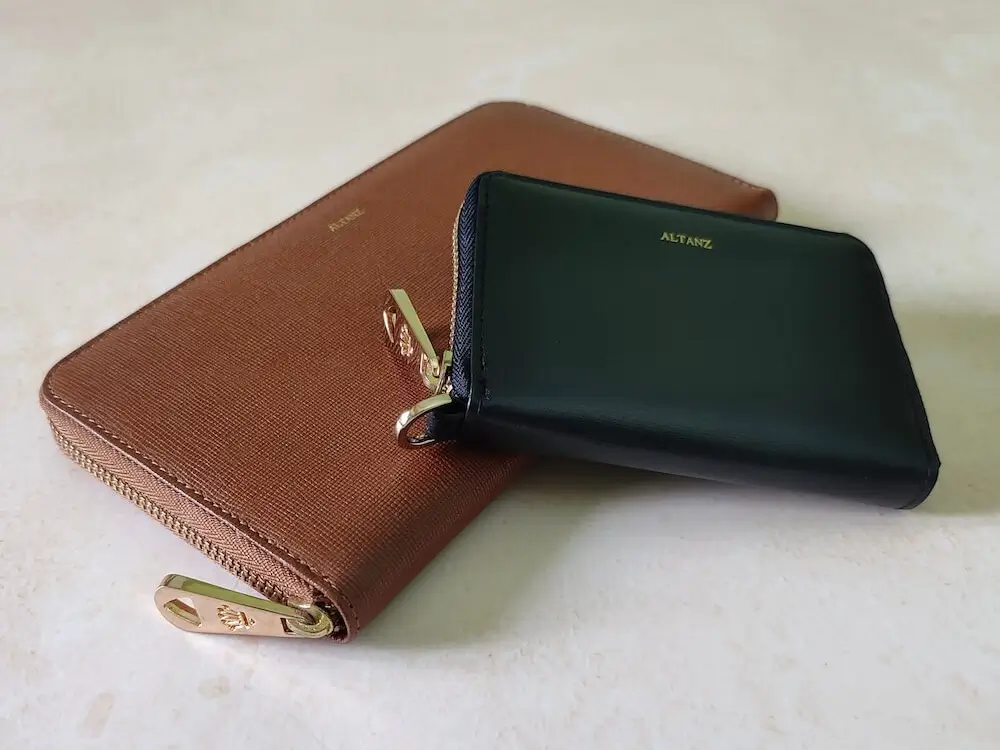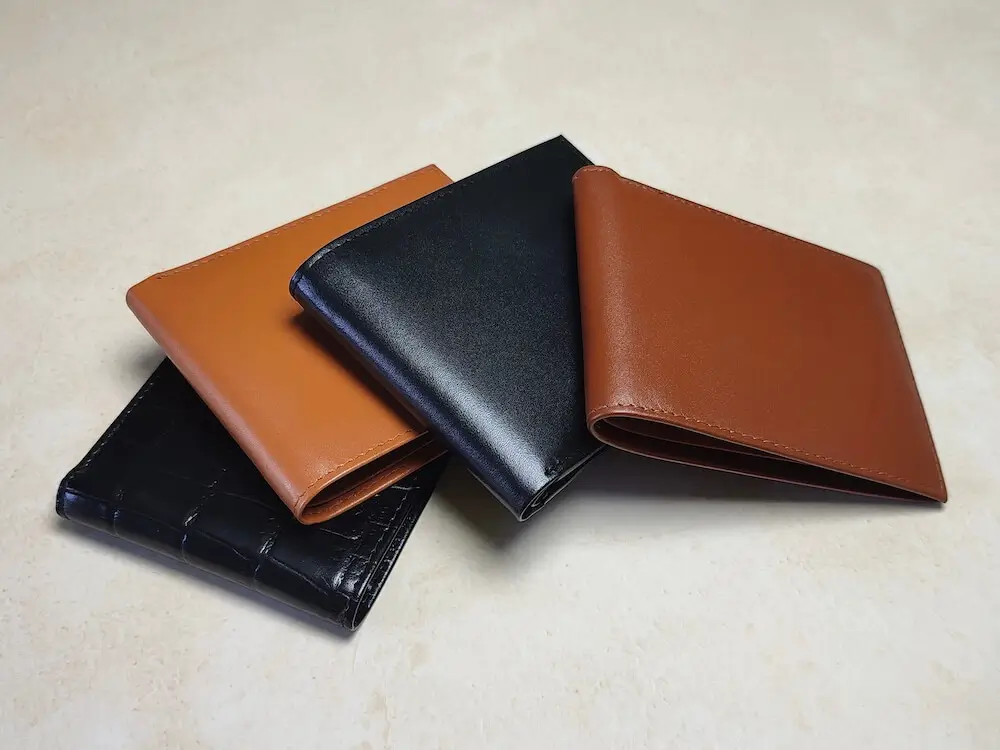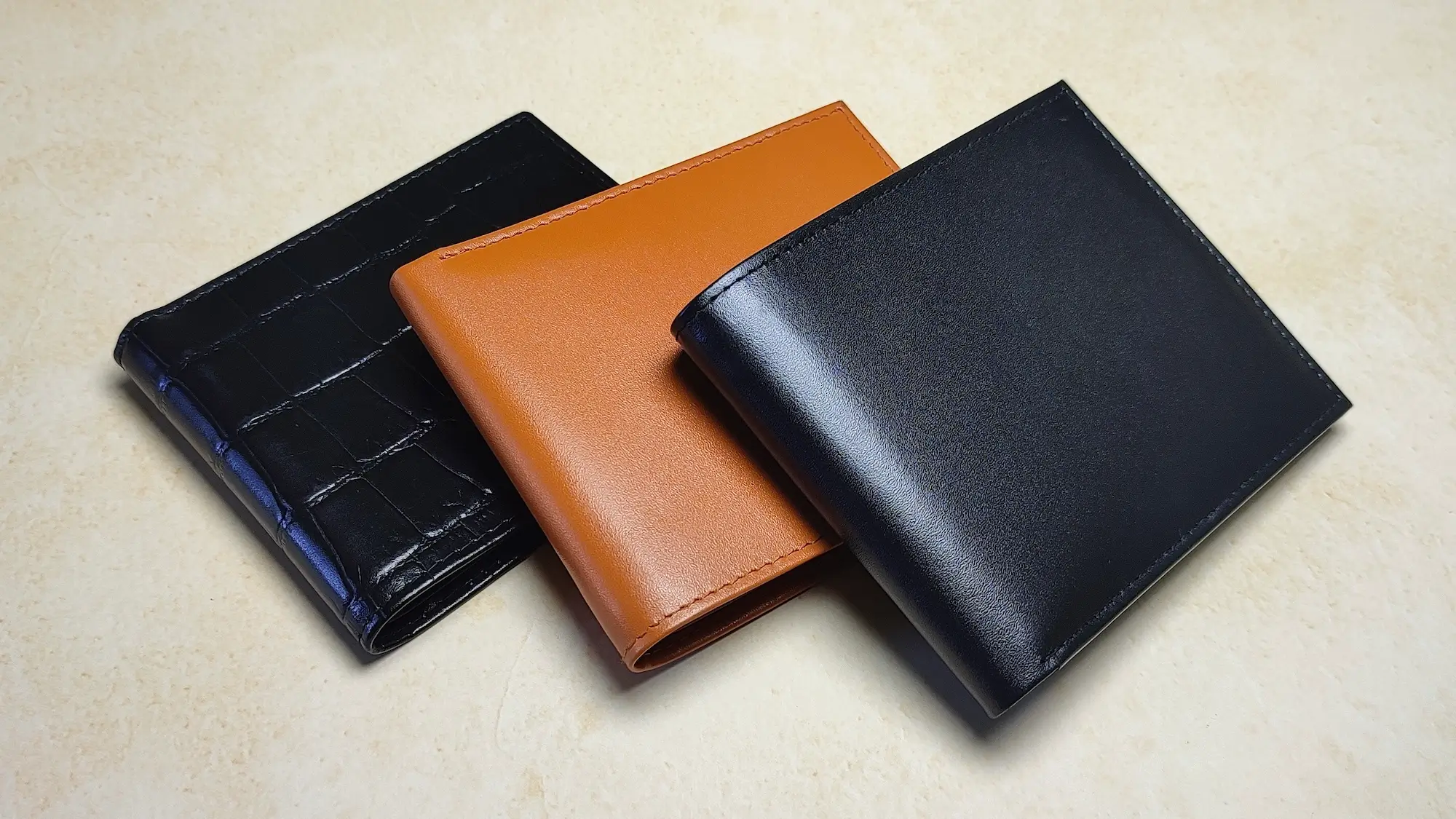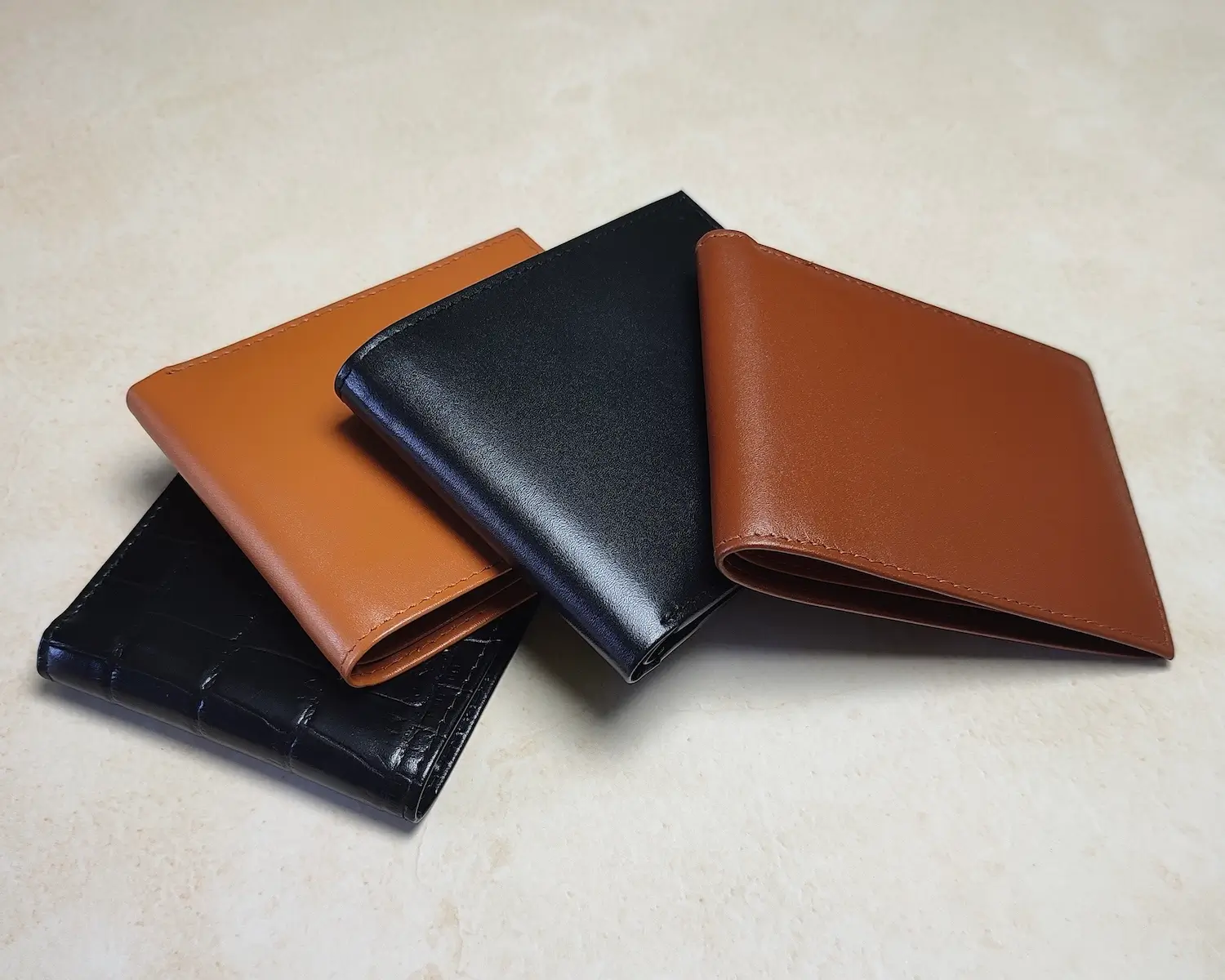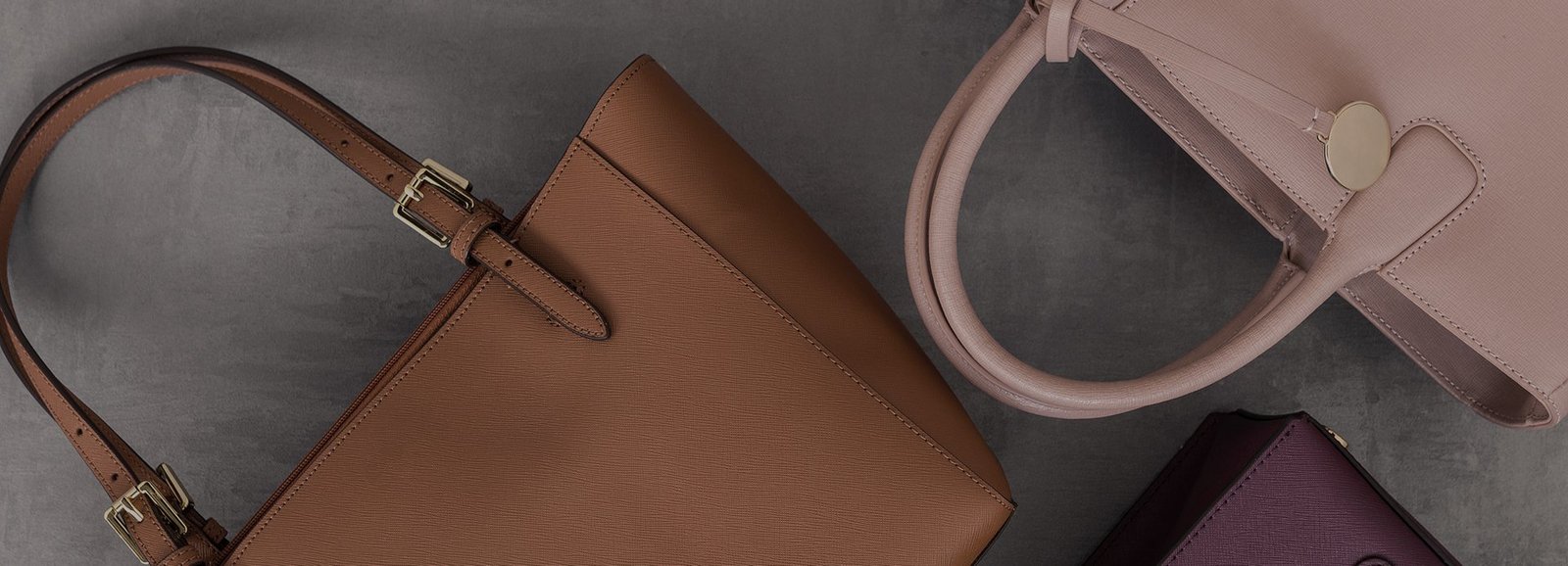Craftsmanship & Heritage
What Is the Highest Quality of Luxury Leather? A Guide to Premium Leather Types
Introduction
Leather is a timeless material synonymous with luxury, durability, and elegance. But not all leather is created equal—its quality varies depending on the grade, tanning process, and craftsmanship.
This guide explores the finest types of leather used in luxury goods, helping you understand what sets premium leather apart.
What Determines the Quality of Leather?
The quality of leather is influenced by multiple factors, including the part of the hide used, the tanning method, and the finishing techniques applied.
Grade and Layer of the Hide
The layer of the hide used in production plays a significant role in determining quality:
- Full-Grain Leather: Derived from the outermost layer of the hide, it retains the natural grain, making it the most durable and authentic type.
- Top-Grain Leather: Sanded and treated to remove imperfections, it offers a smoother and more uniform appearance.
- Split-Grain Leather: Taken from the lower layers of the hide, it is less durable and typically used in budget products.
Tanning Process
Tanning transforms raw hides into durable leather:
- Vegetable Tanning: An artisanal process using plant-based tannins for eco-friendly leather with a rich patina.
- Chrome Tanning: A quicker, industrial method that produces softer, more pliable leather.
Craftsmanship and Finishing
Attention to detail during production enhances leather quality:
- Stitching: Clean, tight stitching indicates superior craftsmanship.
- Dyeing: Consistent and vibrant coloring shows high-quality finishing.
- Surface Treatments: Techniques like embossing or burnishing add character and durability.
Top Premium Leather Types for Luxury Goods
Luxury goods often feature specific leather types known for their beauty and durability. Here are the most sought-after varieties:
Full-Grain Leather
Characteristics:
- Full-grain leather is the highest-quality leather available. It retains the natural imperfections and grain of the hide, creating a unique and authentic appearance.
- It is incredibly durable, developing a rich patina over time.
Common Uses:
- Luxury handbags, wallets, belts, and furniture.
Top-Grain Leather
Features:
- Sanded to remove imperfections, top-grain leather has a smooth and polished finish.
- It is slightly less durable than full-grain leather but still offers excellent longevity.
When to Choose It:
- Ideal for those who prefer a sleek, uniform look without the rugged texture of full-grain leather.
Exotic Leathers
Popular Types:
- Crocodile and Alligator Leather: Known for their distinctive patterns, they are staples in high-end fashion.
- Ostrich Leather: Prized for its bumpy texture and flexibility.
- Stingray Leather: Renowned for its shiny, pebble-like surface.
Why They Stand Out:
- Exotic leathers are rare and labor-intensive to produce, making them exclusive and expensive.
Nappa Leather
What Sets It Apart:
- Nappa leather is known for its softness and luxurious feel, often used in premium car interiors and high-end accessories.
- It is made from full-grain or top-grain hides that are treated to enhance their pliability.
Vegetable-Tanned Leather
Eco-Friendly Benefits:
- Produced using natural tannins derived from plants, this leather is chemical-free and biodegradable.
- It has a rustic charm and is often used in artisanal products.
Common Applications:
- Belts, wallets, and leather straps for watches or bags.
The Tanning Process and Its Role in Quality
Tanning is crucial in determining the final look and feel of leather. Here are the main methods:
Vegetable Tanning
Process:
- Leather is soaked in natural tannins from tree bark, leaves, or other plant materials.
- The process takes several weeks but results in eco-friendly, durable leather.
Appearance and Benefits:
- Develops a rich patina over time.
- Ideal for high-quality, long-lasting products.
Chrome Tanning
Process:
- Involves chromium salts, significantly speeding up the tanning process.
- Produces softer leather that is resistant to water and stains.
Applications:
- Often used for clothing, upholstery, and accessories requiring flexibility.
Combination Tanning
Blending Techniques:
- Combines vegetable and chrome tanning to achieve a balance of durability and softness.
- Provides the best of both worlds for various applications.
How to Identify High-Quality Leather
Knowing how to spot premium leather is essential when shopping for luxury goods. Here’s what to look for:
Texture and Appearance
High-quality leather boasts a distinct look and feel:
- Natural Grain Patterns: Full-grain leather retains the hide’s original texture, complete with unique imperfections that add character.
- Consistent Coloring: Quality leather is dyed evenly, with no streaks or blotches.
Smell and Touch
Genuine leather is unmistakable:
- Earthy Aroma: High-quality leather has a natural, rich scent, unlike synthetic alternatives that smell of chemicals or plastic.
- Supple Texture: It feels soft yet firm, offering a balance of pliability and sturdiness.
Durability and Performance
Premium leather is designed to withstand wear and tear:
- Scratch Resistance: Full-grain and top-grain leathers are less prone to visible scratches.
- Aging Gracefully: Unlike synthetic materials, leather develops a patina that enhances its beauty over time.
Factors to Consider When Choosing Premium Leather
Selecting the right type of leather depends on several considerations, from its intended use to your personal style preferences.
Purpose and Use
Different types of leather are suited to specific products:
- Everyday Items: Full-grain leather is perfect for frequently used products like wallets, belts, and handbags.
- Decorative Accessories: Exotic leathers or vegetable-tanned varieties add a unique aesthetic to less utilitarian pieces.
Aesthetic Preferences
Your desired look and feel can guide your choice:
- Smooth Finishes: Opt for top-grain or Nappa leather for a polished, uniform appearance.
- Textured Surfaces: Exotic leathers or distressed full-grain leather create a bold statement.
Budget Considerations
While premium leather is an investment, there are options at various price points:
- Full-Grain Leather: Typically the most expensive due to its durability and authenticity.
- Top-Grain Leather: Offers a sleek finish at a slightly lower cost.
- Exotic Leathers: Highly exclusive and priced accordingly.
Conclusion
Understanding the nuances of premium leather types can help you make informed decisions when investing in luxury goods. From the unmatched durability of full-grain leather to the exclusivity of exotic hides, each type offers unique benefits that cater to different tastes and needs.
By choosing high-quality leather, you’re not just buying a product—you’re investing in a piece of craftsmanship that will stand the test of time. Whether it’s a wallet, handbag, or accessory, premium leather combines functionality, elegance, and enduring value.
FAQs About Premium Leather Types
-
What is the difference between full-grain and top-grain leather?
Full-grain leather retains the entire outer hide, including natural imperfections, making it more durable and authentic. Top-grain leather is sanded to remove blemishes, offering a smoother and more uniform finish. -
Why is exotic leather so expensive?
Exotic leather comes from rare animals such as crocodiles or ostriches. The tanning and crafting processes are labor-intensive, and the limited supply further increases their value. -
How can I tell if leather is genuine or synthetic?
Genuine leather has natural grain patterns, a rich, earthy scent, and a supple yet firm texture. Synthetic leather often feels plasticky, smells artificial, and lacks unique imperfections. -
What products are best suited for vegetable-tanned leather?
Vegetable-tanned leather is ideal for belts, watch straps, wallets, and other items that benefit from its natural aging process and durable structure. -
Does premium leather require special care?
Yes, premium leather should be cleaned with a damp cloth, conditioned regularly to prevent dryness, and stored in a cool, dry place away from direct sunlight to maintain its appearance and longevity.
FAQ : Frequently Asked Questions
What Is the Highest Quality of Luxury Leather? A Guide to Premium Leather Types
Answer:
Full-grain leather retains the entire outer hide, including natural imperfections, making it more durable and authentic. Top-grain leather is sanded to remove blemishes, offering a smoother and more uniform finish.
Answer:
Exotic leather comes from rare animals such as crocodiles or ostriches. The tanning and crafting processes are labor-intensive, and the limited supply further increases their value.
Answer:
Genuine leather has natural grain patterns, a rich, earthy scent, and a supple yet firm texture. Synthetic leather often feels plasticky, smells artificial, and lacks unique imperfections.
Answer:
Vegetable-tanned leather is ideal for belts, watch straps, wallets, and other items that benefit from its natural aging process and durable structure.
Answer:
Yes, premium leather should be cleaned with a damp cloth, conditioned regularly to prevent dryness, and stored in a cool, dry place away from direct sunlight to maintain its appearance and longevity.



